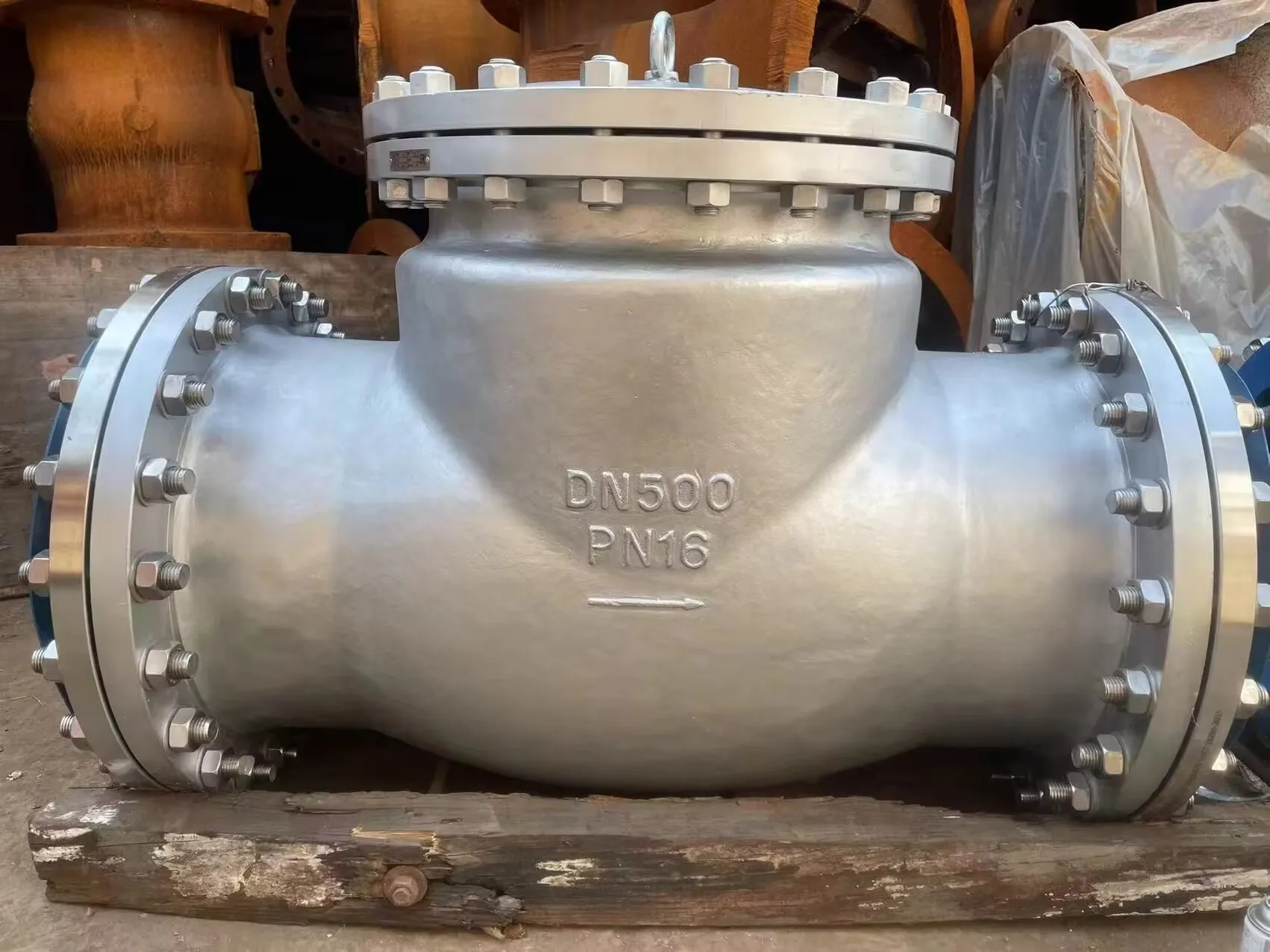Understanding the Functionality and Applications of Trap Valves in Fluid Systems
Understanding Trap Valves Importance and Functionality
Trap valves play a crucial role in various industrial applications, particularly in the management and regulation of fluid flow systems. These specialized valves are designed to prevent backflow and maintain the desired flow of liquids, gases, or steam by trapping unwanted contaminants or droplets. Understanding how trap valves work and their significance can greatly enhance operational efficiency in various sectors, including manufacturing, HVAC systems, and steam generation.
What is a Trap Valve?
A trap valve is a type of valve that automatically discharges condensate, water, and other unwanted liquids from a system while preventing the escape of steam or gases. They are essential components in steam systems, where they prevent water from pooling in steam lines, which can lead to inefficiencies and potential damage. By effectively managing these systems, trap valves contribute to energy savings, enhance safety, and prolong the lifespan of equipment.
Types of Trap Valves
Trap valves can be categorized into several types, each designed to operate under specific conditions. The most common types include
1. Mechanical Traps These rely on physical components like floats or mechanical arms to open and close the valve. They are commonly used in gravity-fed systems and are known for their reliability.
2. Thermodynamic Traps These utilize thermal principles to function. They respond to changes in temperature, closing when steam is present and opening to discharge condensate. This type of trap is popular in high-pressure systems due to its robustness and ability to handle fluctuations in flow.
trap valve

3. Steam Traps Specifically designed for steam applications, these traps can efficiently handle both condensate and steam. They come in various designs, including inverted-bucket types, which are ideal for handling large volumes of condensate.
4. Electrical Traps These utilize electrical signals to control the opening and closing of the valve. They offer precise control and can be programmed for automated systems, making them suitable for advanced applications.
Importance of Trap Valves
The effectiveness of trap valves is vital for maintaining system efficiency and preventing damage. For instance, in steam heating systems, water accumulation can lead to water hammer, which is a phenomenon that can cause severe damage to pipes and valves. Trap valves help eliminate this risk by ensuring that only steam circulates through the system.
Moreover, trap valves contribute to energy efficiency by minimizing steam loss. When steam escapes due to faulty traps, it results in significant energy waste, leading to increased operational costs. Regular maintenance and monitoring of trap valves can help prevent such losses and optimize energy usage.
Conclusion
In conclusion, trap valves are indispensable components in fluid flow management across various industries. Their ability to automatically discharge unwanted liquids while retaining gases or steam ensures system efficiency, prevents damage, and promotes safety. As technology advances, the development of more sophisticated trap valve systems continues to enhance performance, making them even more critical in modern industrial applications. Understanding the role and functionality of trap valves can aid engineers and facility managers in making informed decisions that benefit their operations, leading to improved reliability and cost savings. Whether in steam heating systems, HVAC setups, or process industries, the significance of trap valves cannot be overstated. Regular maintenance and the right choice of trap valves can maximize their effectiveness, ensuring smooth and efficient operations.
-
The Key to Fluid Control: Exploring the Advantages of Ball Valves in Industrial SystemsNewsJul.09,2025
-
The Versatile World of 1, 2, and 3 Piece Ball ValvesNewsJul.09,2025
-
Stainless Steel Ball Valves: The Ideal Choice for Efficient Flow ControlNewsJul.09,2025
-
Optimizing Fluid Control with Ball Float ValvesNewsJul.09,2025
-
Manual Gate Valves: Essential for Control and EfficiencyNewsJul.09,2025
-
Everything You Need to Know About Butterfly ValvesNewsJul.09,2025
-
The Versatility of Wafer Type Butterfly ValvesNewsJul.08,2025




